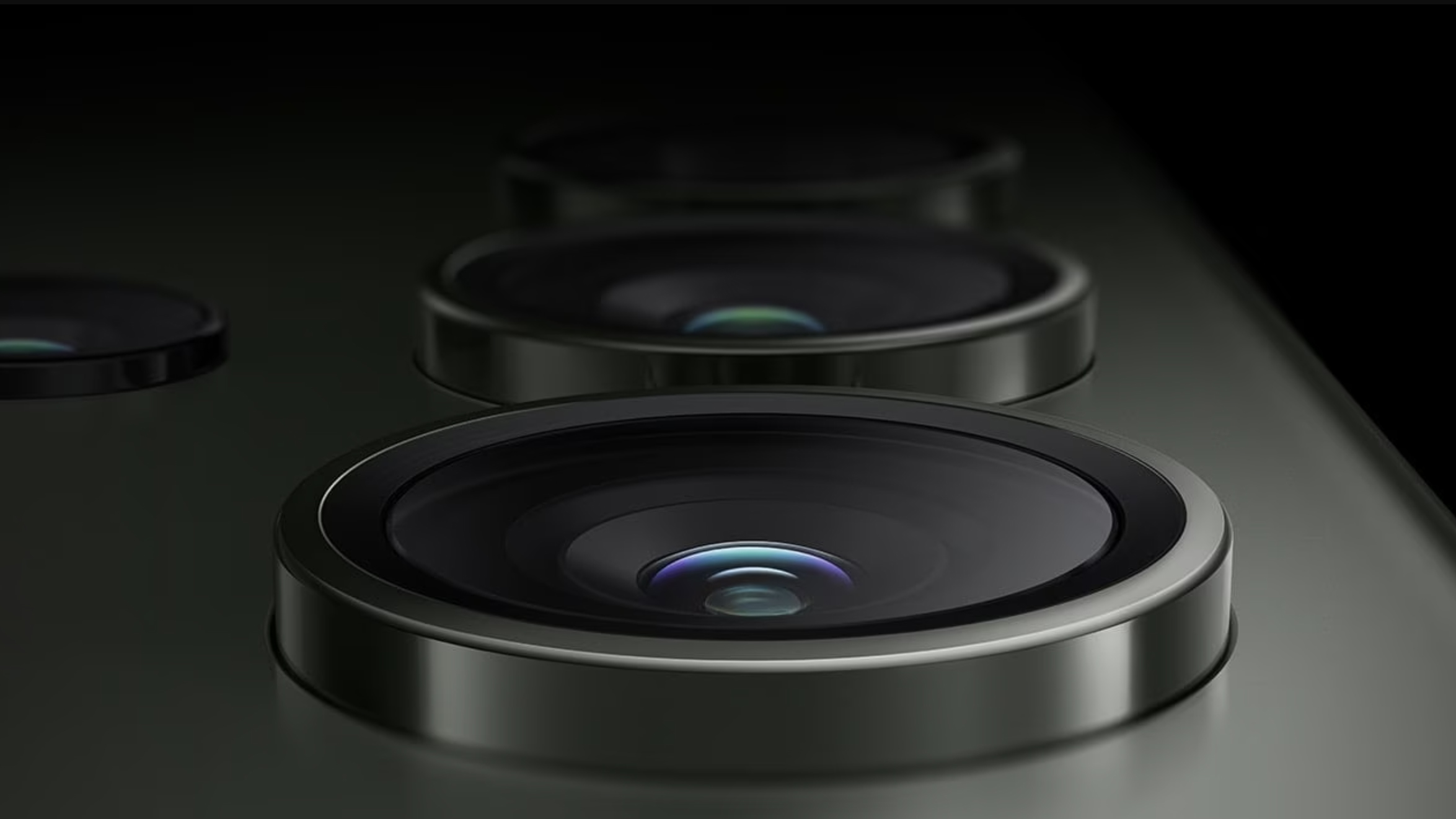Guess what? Vlogging cameras have replaced entry-level cameras
Vlogging cameras have quietly become the new entry-level cameras, heralding a new kind of first-time camera owner

It happened so quietly that most people barely even noticed it, but it is absolutely undeniable: vlogging cameras are the new entry-level cameras – and with them, the industry is welcoming a completely new kind of entry-level camera user.
It's a phenomenon that's been going on for some time now. I've previously written, for example, that Sony is releasing so many new vlogging cameras that I can't tell which one is which. And at the same time, in Japan, Sony has been overhauling its stores to focus on videography.
Canon has doubled down on vlogging cameras, too, launching both the Canon EOS R50 aimed at traditional content creators, and the Canon PowerShot V10 offering an all-in-one "my first vlogging camera" (which, incidentally, I think is the most revolutionary camera that Canon has ever made). And for the first time, Fujifilm has put a Vlog function on the mode dial (on the Fujifilm X-S20).
Everywhere you look, manufacturers are pushing vlogging cameras instead of their traditional entry-level cameras – and the reason is so obvious. Going back at least two years, market trends showed that while the traditional camera market has been shrinking in every other sector, the single growth area is in vlogging. Not video, but specifically vlogging – driven in principal by YouTubers and content creators.
This is born out in a recent story I wrote, "The camera market has recovered" thanks to entry-level cameras, where both official CIPA data and retail spokespeople confirmed that vlogging cameras have become the new entry-level imaging devices.
"It can be said that vlogging cameras are entry-level machines that expand the base of camera users," wrote Japanese business daily, Nikkan Kogyo Shimbun.
"Camera manufacturers are competing in the video blog (vlog) market… Each company has equipped their products with functions necessary for vlog shooting," it continues, observing that Sony has even launched the dedicated Vlogcam line (known as the ever-growing ZV product line in the West, currently consisting of five separate cameras).
The best camera deals, reviews, product advice, and unmissable photography news, direct to your inbox!
"While domestic camera companies are entering the vlog market one after another, small video cameras developed by GoPro in the United States are also sweeping the market."
My colleague Hannah was recently lamenting the demise of traditional entry-level DSLRs, and wondering where all the entry-level cameras have gone. The answer, it seems, is that they've become vlogging cameras – and the people who buy their first cameras aren't beginner photographers any more, now they're beginner vloggers.
We need to stop thinking of entry-level camera buyers as being photo-oriented. The truth is that, no matter how much the industry wants to entice smartphone shooters to upgrade to a "proper camera" for better image quality, the best camera phones are more than good enough for the vast majority of people.
So the next time you're watching some hapless YouTuber online, or you see someone on the street shooting with a gimbal or Gorillapod, don't snicker – these people are the lifeblood, and possibly the very future, of the camera industry.
If you've read this far, you'll probably be interested in the best cameras for vlogging, the best YouTube cameras, the best cameras for Instagram and the best cameras for TikTok.

James has 25 years experience as a journalist, serving as the head of Digital Camera World for 7 of them. He started working in the photography industry in 2014, product testing and shooting ad campaigns for Olympus, as well as clients like Aston Martin Racing, Elinchrom and L'Oréal. An Olympus / OM System, Canon and Hasselblad shooter, he has a wealth of knowledge on cameras of all makes – and he loves instant cameras, too.

